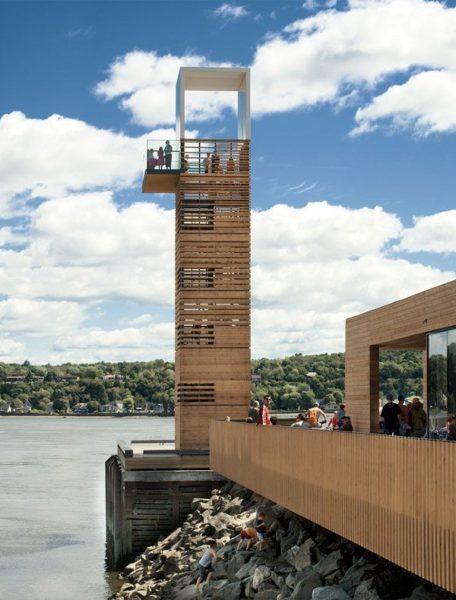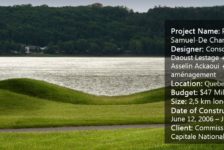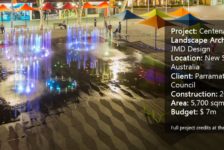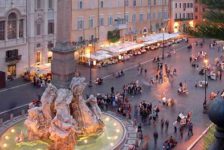We will explore the potential opportunities for rivers to be used as a transportation route, as well as some concerns that may arise. As our population is exploding, urban areas are experiencing a dramatic increase in demand for affordable housing, transportation infrastructure, and job opportunities. As landscape architects, we have the opportunity to partake in the conversations of how to deal with this demand, and how to solve some of these problems. We will focus on the issues of transportation, a topic where we have the opportunity to design and facilitate new ways to get around cities. One exciting mode of transportation that has the potential to be used is rivers. Can they provide useful transportation routes in the 21st century?
Importance of Water
Around the world, most major cities are situated around a body of water. The importance of water as a route to move goods and people has set up cities around rivers, lakes, and the oceans. Before the construction of the ground-based infrastructure we depend on today, water was the only way to make these connections between important destinations and commerce centers.

“Water-taxi, Venice, late afternoon light.” by David McSpadden. Licensed under CC BY-SA 2.0 via Flickr
Why Rivers?
Rivers are one of the most important factors that have dictated where major cities are located today. Along with the movement of goods, they can also provide a form of transportation and recreation. So many cities are situated around two or more rivers because it provides the most efficient spot to provide access to multiple places. Today, this gives us the opportunity to use rivers as a transportation route because it just makes sense.
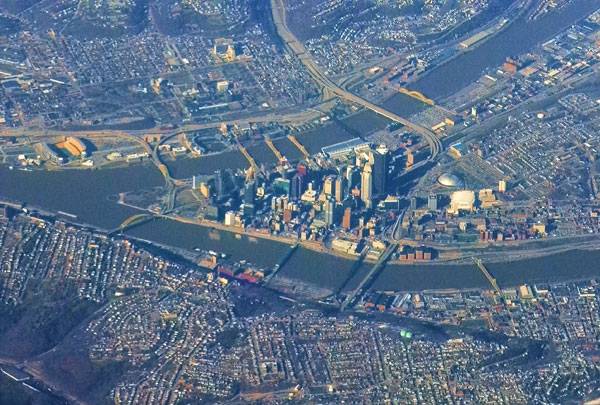
“Pittsburgh, PA.” by Ron Reiring. Licensed under CC BY-SA 2.0 via Flickr
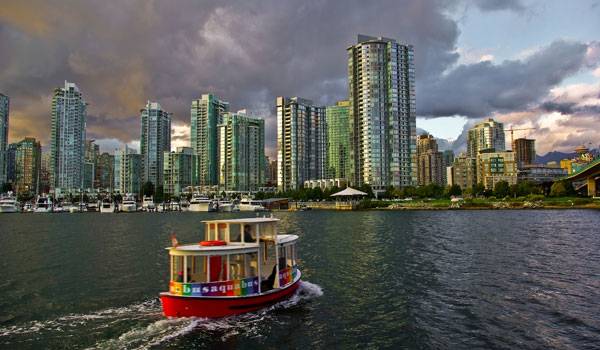
“The aquabus making its rounds Capturing some amazing evening light on the seafront trail – one of a few I thought worked out really well. Love those aquabus colors against the skyline.” by David J Laporte. Licensed under CC BY-SA 2.0 via Flickr
Types of Transport
There are a lot of ways to use rivers near a city. One of the most widely used options are ferries, but they only move people between two destinations, which isn’t the most feasible for mass public transport. A water bus or water taxi is the type of river transportation that makes the most sense for public transit. They can have multiple stops along the river and are ideal for commuters to get across the river or move up/down based on their needs. A loop route can provide access to multiple popular destinations.
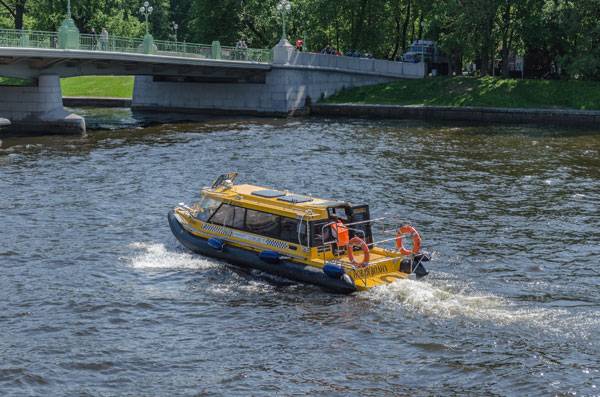
“Aquabus in Saint Petersburg” by Alex Florstein. Licensed under CC BY-SA 3.0 via Wikimedia Commons
Cities That Are Doing It
Using rivers as a transportation route isn’t a new idea, it just isn’t widely used yet. There are a lot of cities that use rivers for transportation. St. Petersburg is a city that has started adopting river transportation. Along with river cruises or sightseeing trips, the Neva River is also used by the Aquabus, which is used by commuters to get to specific points along the river. It is used in their daily routes to work and back. It is also the cheapest form of water transportation in the city. Chicago is also utilizing their river with the Chicago Water Taxi. A closed loop route on the Chicago River shuttles thousands of commuters between five major stops every day. This unique public transportation gives commuters a vastly different experience than a train or bus on the ground. There are also water taxis in the Washington DC area that bring people between the National Mall, Alexandria, VA and National Harbor, MD along the Potomac River. It is easy to get a boat across and up or down a river to major cities such as this, especially when they are in such close proximity. Having multiple transportation options is always a good way to decrease congestion. These are just a few examples of cities that are using river transportation.
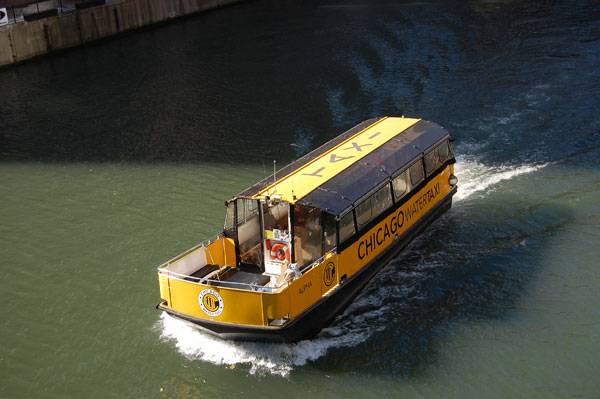
“Chicago Water Taxi” by Luke Gordon – originally posted to Flickr as Chicago 29 Oct017. Licensed under CC BY 2.0 via Wikimedia Commons
Concerns
River transportation does bring up some concerns. Because it is not widely developed, the fare prices will probably be high in the beginning. In the United States, water-based transportation is not subsidized by the government like trains and buses are, which can increase the fare price as well. Boats are also not the most environmentally friendly option because they use a high amount of diesel fuel per mile. However, with the demand for an increase in public transportation, it is more economical than constructing new ground-based transportation routes. A river transportation system needs to have multiple stops with developed points to bring people to and from the city. How do we do this? A lot of business districts in cities are not directly near a river or body of water, so this raises some concern. Determining these points is key in starting to explore this route of transportation. A route that loops between major destinations is the most feasible, with multiple boats to carry passengers. However, how do you find the most efficient route that will sustain a population of commuters? Water accessibility has become a hot topic in landscape architecture that can be built upon with river transportation. We are trying to provide increased access to rivers and waterfronts through esplanade projects and parks to revitalize waterfronts, but can we add another layer to it and create stops for river transportation?
How Can We Adapt?
It is hard to adapt to a new paradigm of transportation. Using rivers can be extremely beneficial to cities and commuters, but it will take a while to change our current mindset and open up to the idea. Change doesn’t happen overnight. We can see a few cities testing out the idea, but they are mostly private companies that have small-scale operations. Is it possible to do this on a larger scale? With funding concerns, it is easy to say that using rivers will be more cost-effective because you don’t have to build high-capital projects like roads, tunnels or bridges. You just take advantage of the natural resource of a river, buy the boats and develop terminals and stops. It is definitely possible; we just have to bring this topic into the conversation of planning and new development for cities. Do you think river transportation can become the next form of mass public transport? Would you use a river for your daily commute? Recommended Reading
- Landscape Architecture: An Introduction by Robert Holden
- Landscape Architecture, Fifth Edition: A Manual of Environmental Planning and Design by Barry Starke
Article by Nick Shannon
Published in Blog


